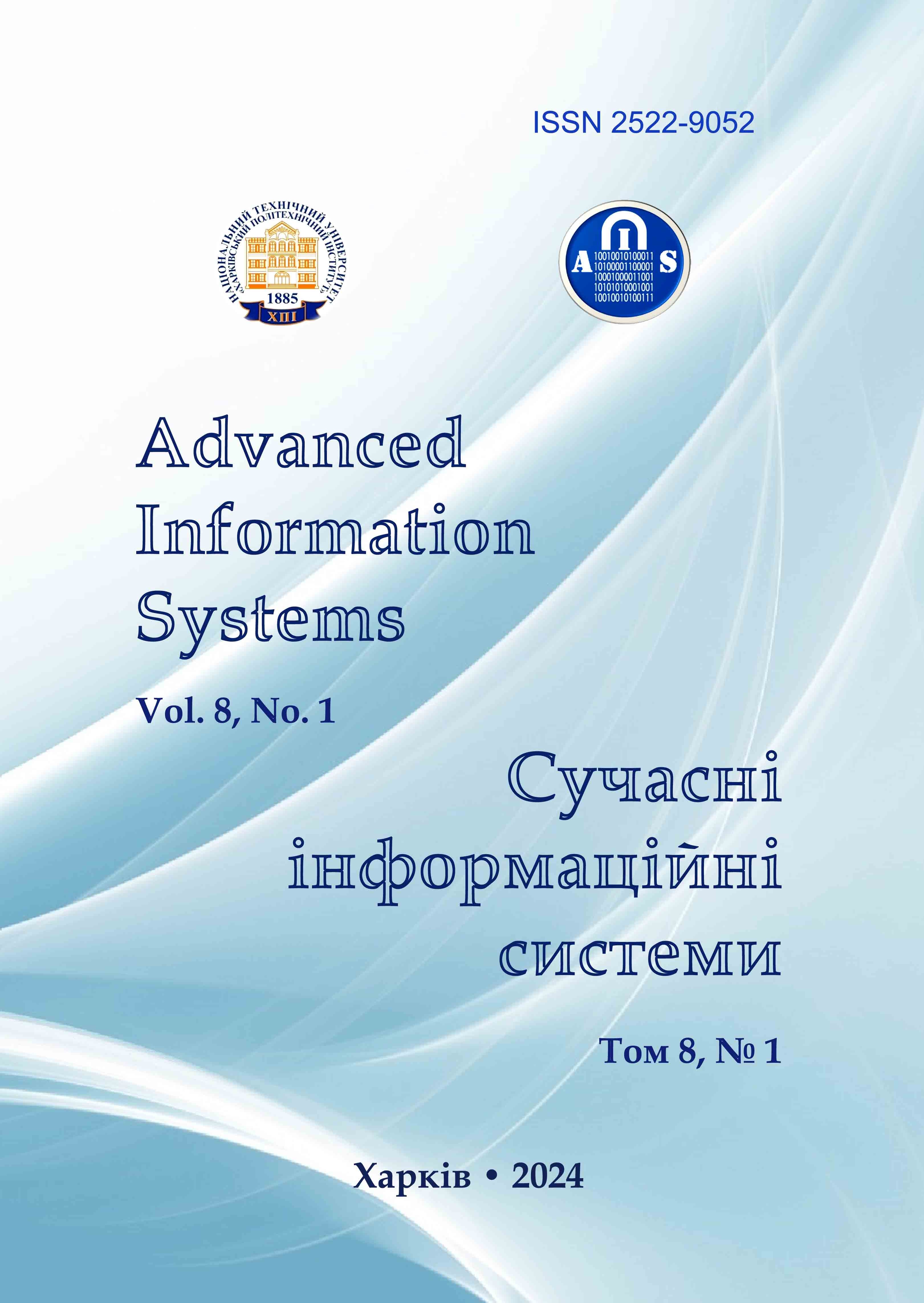CONSTRUCTION OF A DIAGNOSTIC ALGORITHM FOR SOIL IDENTIFICATION ACCORDING TO THE INTERNATIONAL SOIL CLASSIFICATION SYSTEM WRB
Main Article Content
Abstract
Topicality. In this article discusses the identification of soils according to the international soil classification World Reference Base for Soil Resources system (WRB). The World Reference Base for Soil Resources was developed to identify soils and use the obtained data in different areas of everyday life: agriculture, forestry, animal husbandry, etc. The purpose of the work Note that the WRB, developed by a group of soil scientists, is not meant to replace national classification systems. Besides this classification system, there are also different soil classifications designed by national soil science schools. The difference in the structures of these classifications necessitated the development of a diagnostic algorithm to correlate them with each other. Results Three options for determining whether a soil belongs to reference soil groups are considered, depending either on soil parameters only, or on a combination of diagnostic horizons and soil parameters, or only on diagnostic horizons. A group of scientists headed by M. Babayev also developed a national soil classification system for Azerbaijan. In order to compare these two systems, this study proposes a soil data structure, as well as an algorithm for soil identification according to the WRB classification on the basis of the proposed structure. Conclusion A soil diagnostic algorithm is developed, which will allow identifying any soil type with the corresponding WRB Reference Soil Group. Three variants of allocating soils to WRB Reference Soil Groups based only on soil parameters, or on the combination of diagnostic horizons and soil parameters, or only on diagnostic horizons are considered.
Article Details
References
IUSS Working Group WRB (1998), World reference base for soil resources, 1-st edition, World Soil Resources Reports No. 84, Rome, 134 p., available at: https://www.fao.org/3/W8594E/W8594E00.htm
Babayev, M., Ismayilov, A. and Huseynova, S. (2017), Integration of the national land classification of Azerbaijan into the international system, Elm, Baku, 272 p., available at: http://web2.anl.az:81/read/page.php?bibid=vtls000568644 (in Azerbaijani).
IUSS Working Group WRB (2007), World reference base for soil resources 2006: A framework for international classification, correlation and communication, 2nd edition, World Soil Resources Reports, No. 103, Food and Agriculture Organization, Rome, 144 p., available at: https://www.fao.org/fileadmin/templates/nr/images/resources/pdf_documents/wrb2007_red.pdf
IUSS Working Group WRB (2015), World Reference Base for Soil Resources 2014: International soil classification system for naming soils and creating legends for soil maps, World Soil Resources Reports, No. 106, Food and Agriculture Organization of the United Nations, Rome, 192 p., available at: https://www.fao.org/3/i3794en/I3794en.pdf
Zádorová, T., Skála, J., Žížala, D., Vaněk, A. and Penížek, V. (2021), “Harmonization of a large-scale national soil database with the World Reference Base for Soil Resources 2014”, Geoderma, Vol. 384, no. 114819, doi:
https://doi.org/10.1016/j.geoderma.2020.114819
Kovalenko, A. and Kuchuk, H. (2022), “Methods to Manage Data in Self-healing Systems”, Studies in Systems, Decision and Control, Vol. 425, pp. 113–171, doi: https://doi.org/10.1007/978-3-030-96546-4_3
Koshman, S., Krasnobayev, V., Nikolsky, S. and Kovalchuk, D. (2023), “The structure of the computer system in the residual classes”, Advanced Information Systems, Vol. 7(2), pp. 41–48, doi: https://doi.org/10.20998/2522-9052.2023.2.06
Yanko, A., Krasnobayev, V. and Martynenko, A. (2023), “Influence of the number system in residual classes on the fault tolerance of the computer system”, Radioelectronic and Computer Systems, Vol. 3(107), pp. 159–172, doi: https://doi.org/10.32620/reks.2023.3.13
IUSS Working Group WRB (2022), World Reference Base for Soil Resources: International soil classification system for naming soils and creating legends for soil maps, 4-th edition, International Union of Soil Sciences (IUSS), Vienna, Austria, 236 p., available at: https://www.isric.org/sites/default/files/WRB_fourth_edition_2022-12-18.pdf
Schad, P. (2023), “World Reference Base for Soil Resources—Its fourth edition and its history”, Journal of Plant Nutrition and Soil Science, Vol. 186(2), pp. 151–163, doi: https://doi.org/10.1002/jpln.202200417
Maruthaiah, T., Vajravelu, S.K., Kaliyaperumal, V. and Kalaivanan, D. (2023), “Soil texture identification using LIBS data combined with machine learning algorithm”, Optik, 278, 170691, https://doi.org/10.1016/j.ijleo.2023.170691
